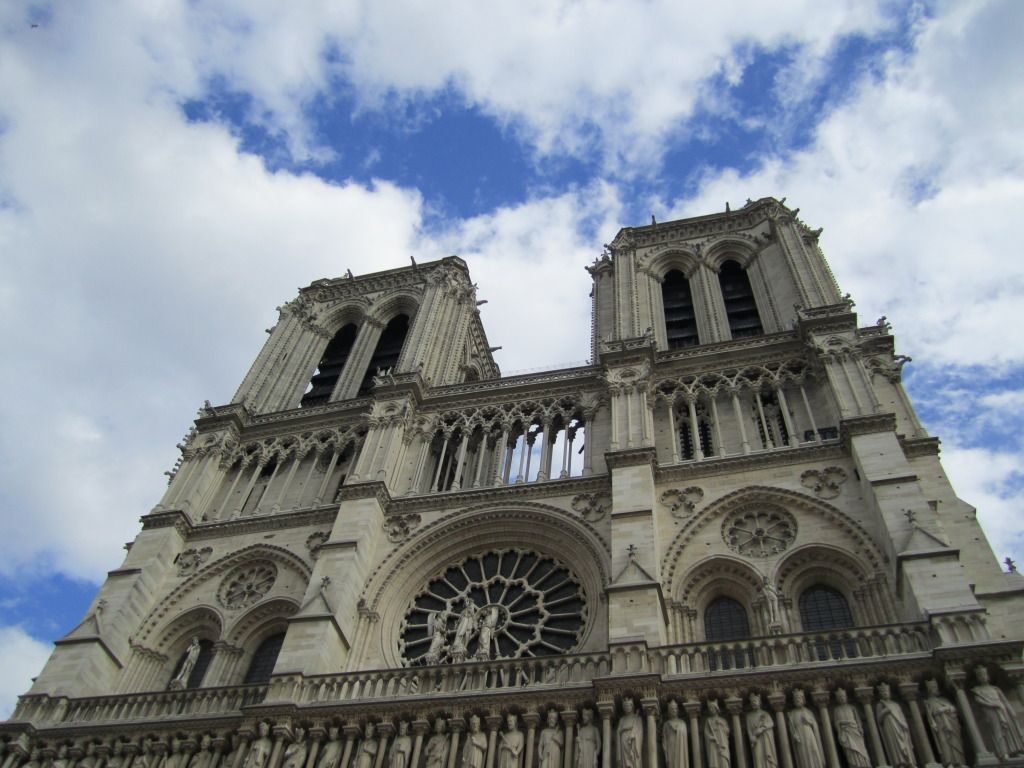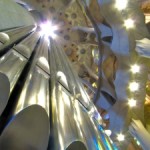Notre Dame Cathedral facts
October 8, 2010 | In: Geography Facts

Like a great many of the churches in Europe, the cathedral of Notre Dame is built on a spot that was formerly used as a pagan temple devoted to the Roman god Jupiter. In the fifth century, after Catholicism had taken hold in Paris, a church was built at the east end of the area occupied by the current cathedral.
In 1163, construction began on Notre Dame. It took until 1345 — over 180 years, or nine generations, to complete the building. Imagine the selflessness required to start building such a structure when everyone working on it knew that they would be dead long before it could be finished. Could such a building be constructed today with people’s intense need for immediate gratification?
Part of the beauty of this cathedral comes from its use of flying buttresses. A buttress is simply a prop or brace used to offset outward pressure on walls. A flying buttress “flies” because its base is at a distance from the wall, and joins itself and the wall by a thin “flying” support beam.
Entering the church immediately shows the value of these supports. They make possible the towering columns which support the lofty ceiling above. High up the wall, the stained glass window throws unearthly beams of colored light to the wide-eyed people below.




